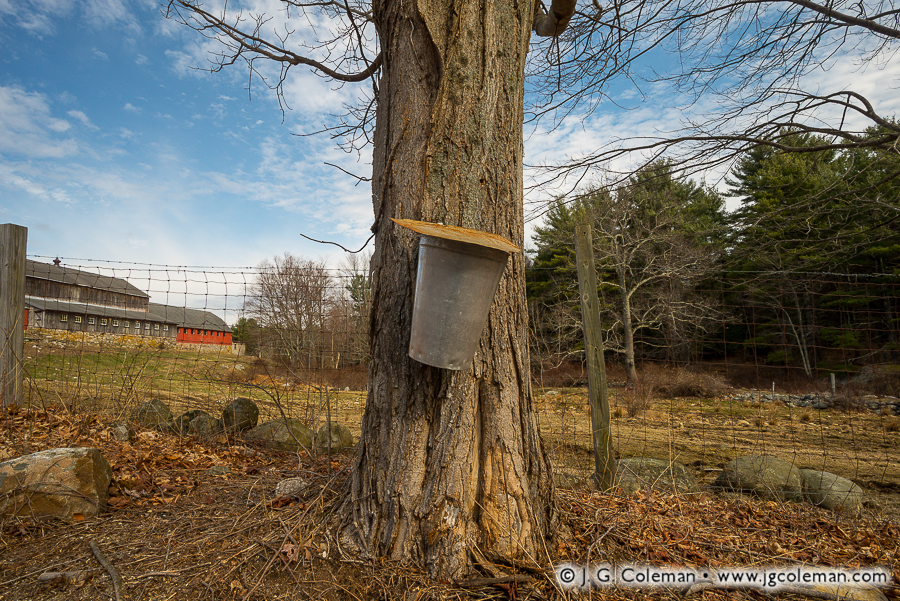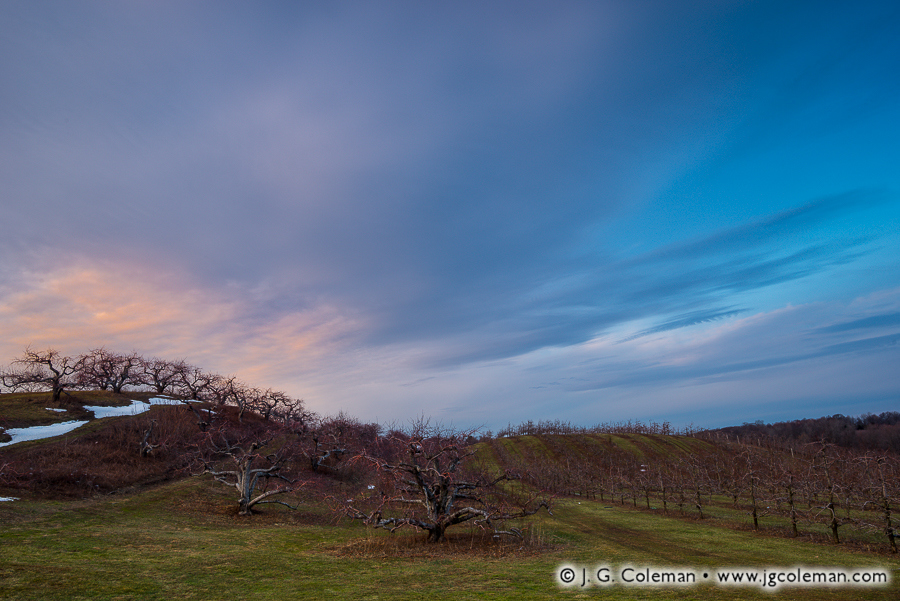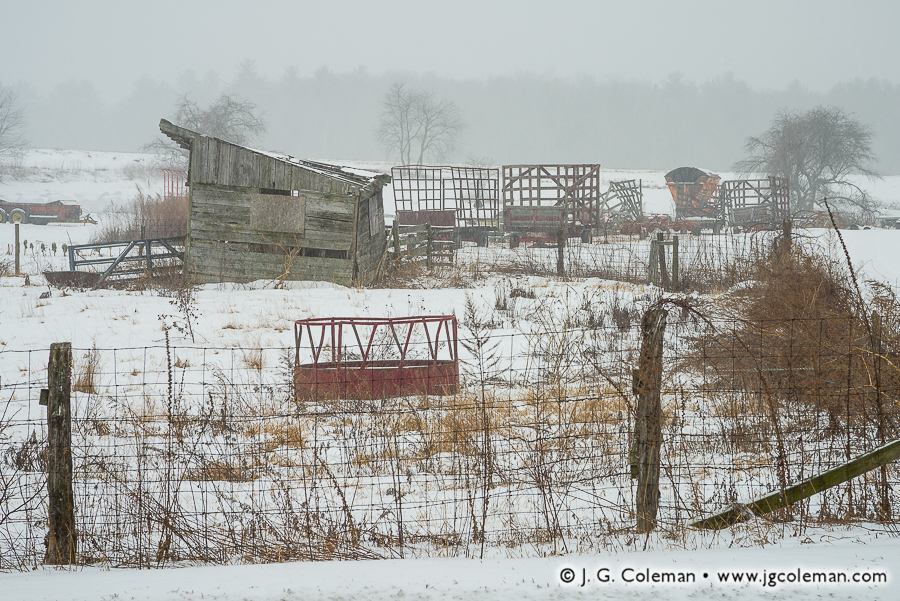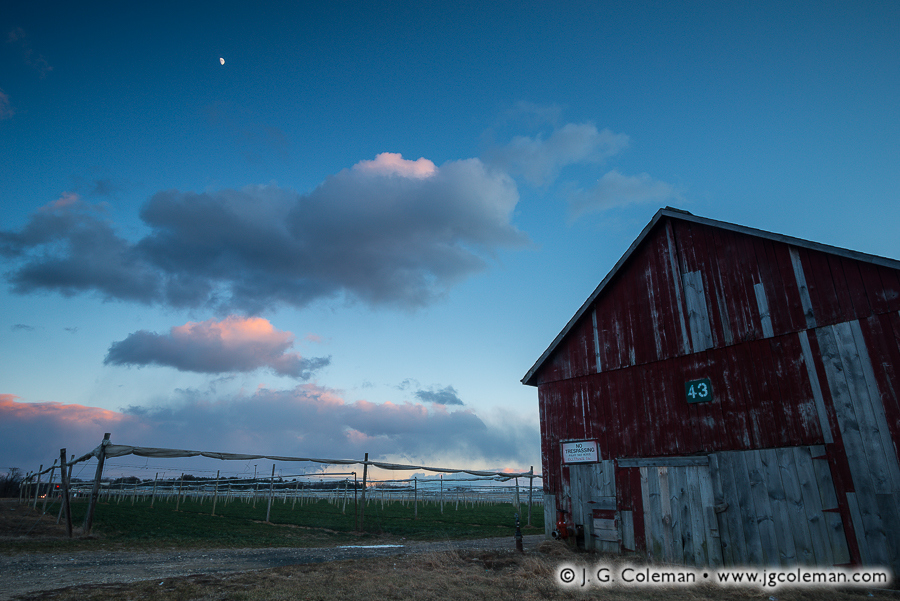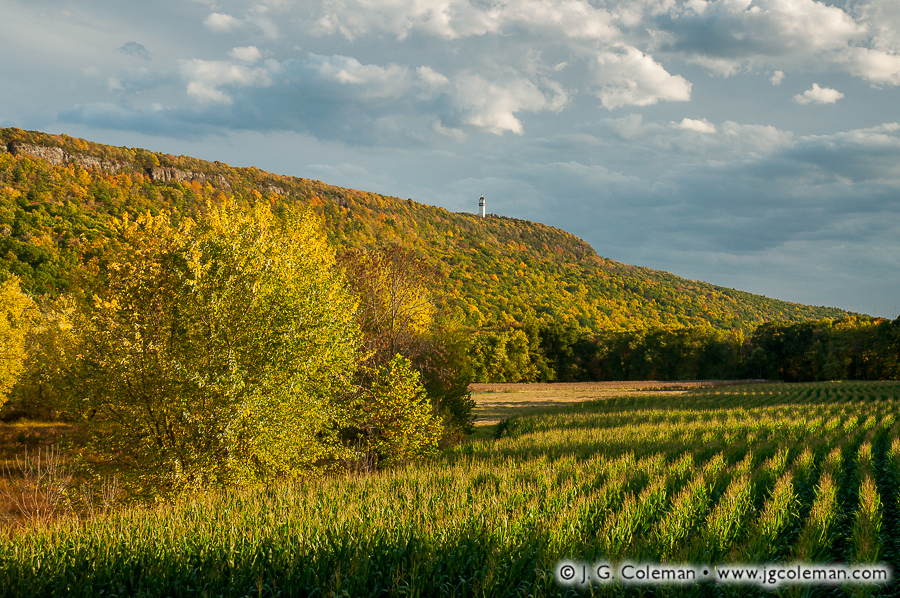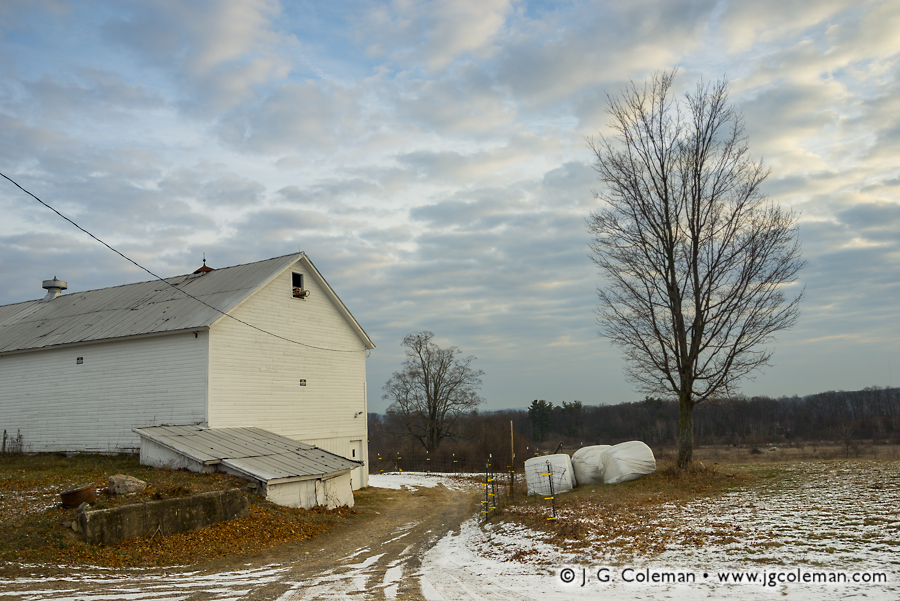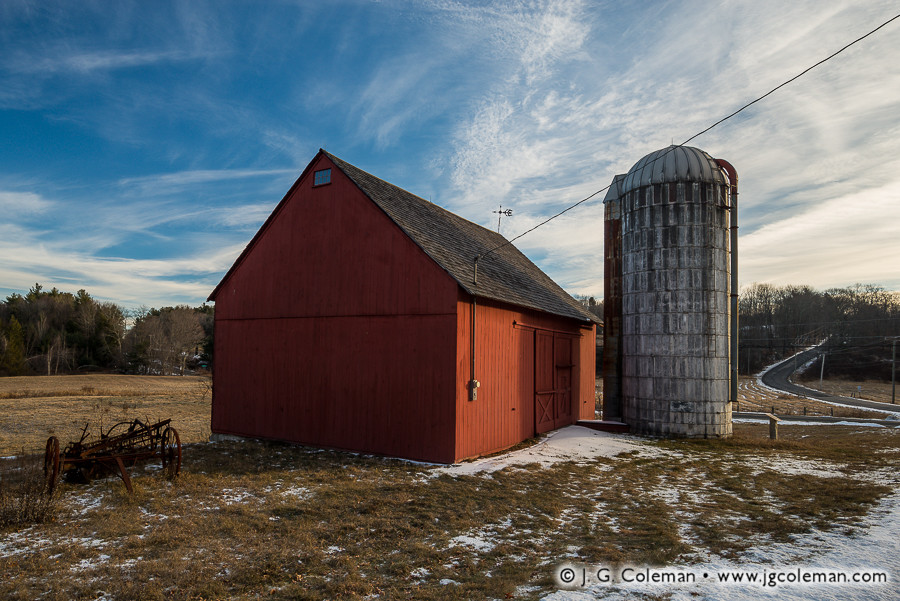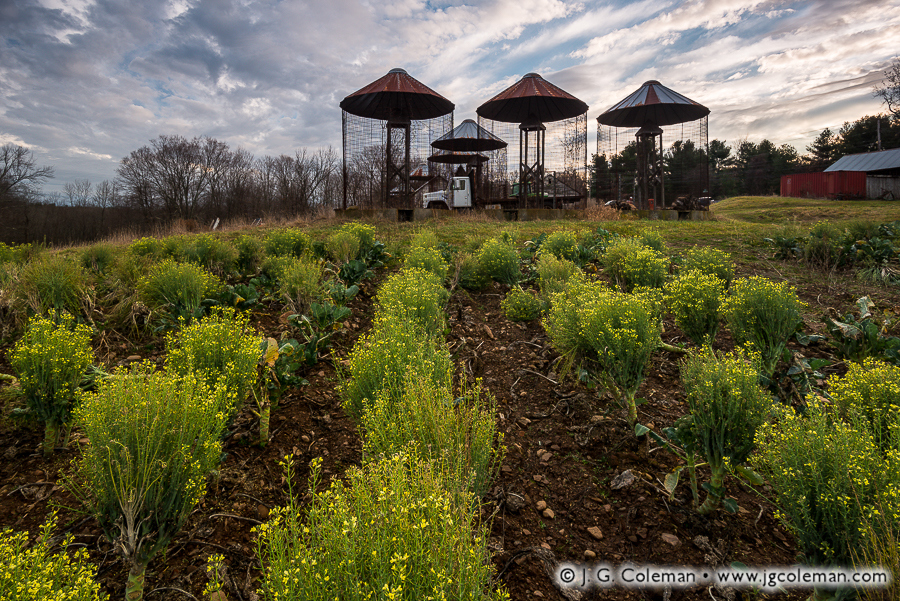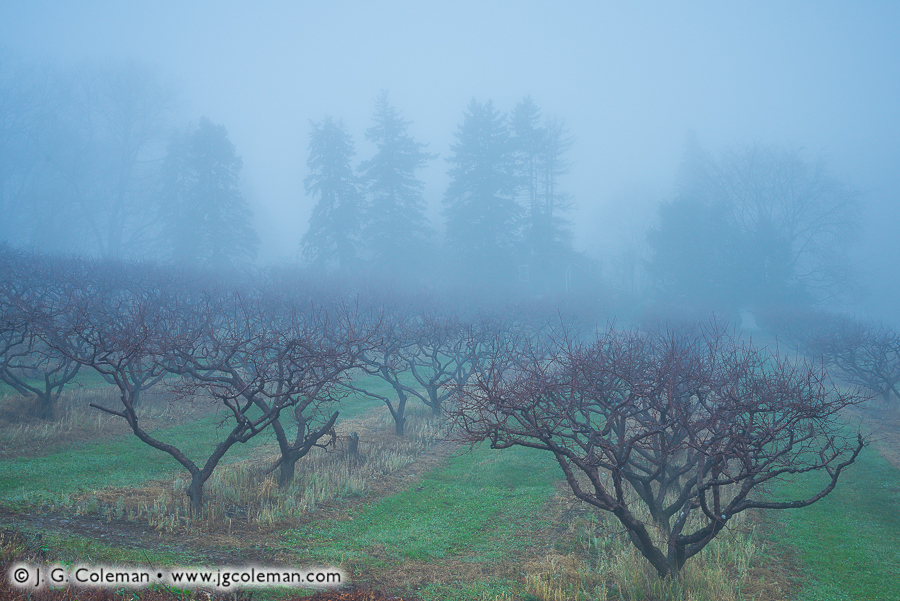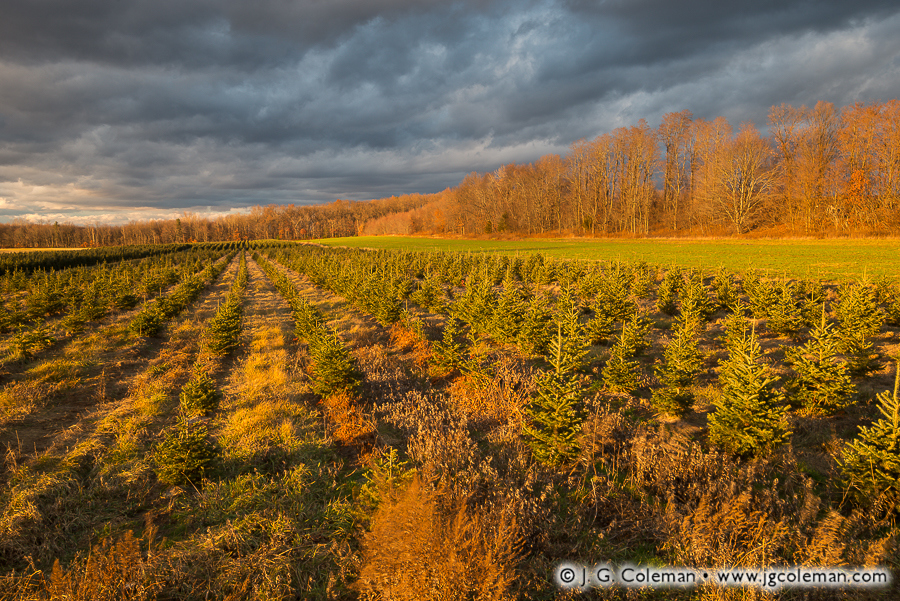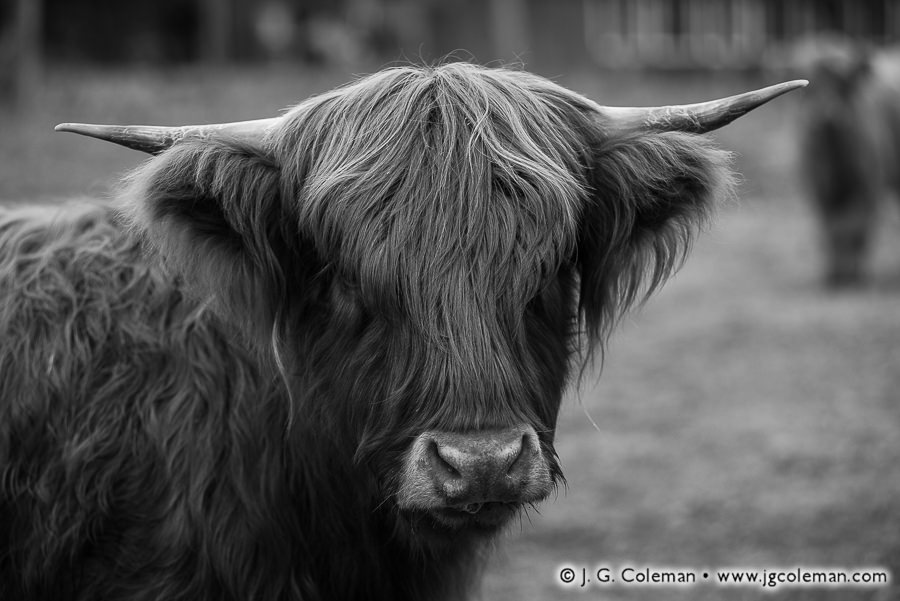
Roxbury, Connecticut
© 2016 J. G. Coleman
If you follow the work that I release each week, you’ve surely noticed regular installments of my Yankee Farmlands project, essentially an on-going photographic celebration of Connecticut’s agricultural heritage.
I released the first photograph in the series, “Yankee Farmlands № 1”, about 1½ years ago in September of 2014. Later this week, I’ll be rolling out “Yankee Farmlands № 58”. Suffice it to say that this has been a long and enjoyable endeavor and I’m certainly not done yet!
What you may not know is that I end up producing far more work during my travels than I can possibly fit into the formal project series. So, I’ve resolved to release some of these pieces from time to time. I produced this “portrait” at a hilly pasture in Roxbury where I discovered a herd of shaggy Highland Cattle idly grazing away during the final days of autumn last year.
Purchase a Fine Art Print or Inquire About Licensing
Click here to visit my landing page for “Highland Cow, 2015” to buy a beautiful fine art print.
Want to See More?
Be sure to check out all of the work in my on-going Yankee Farmlands project, a journey throughout Connecticut’s countryside in celebration of the agricultural heritage of New England.


